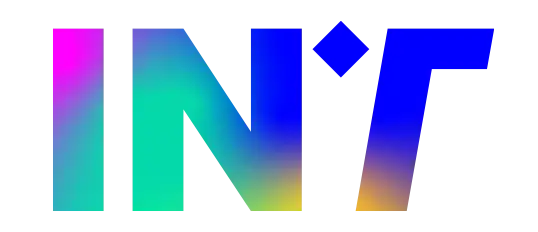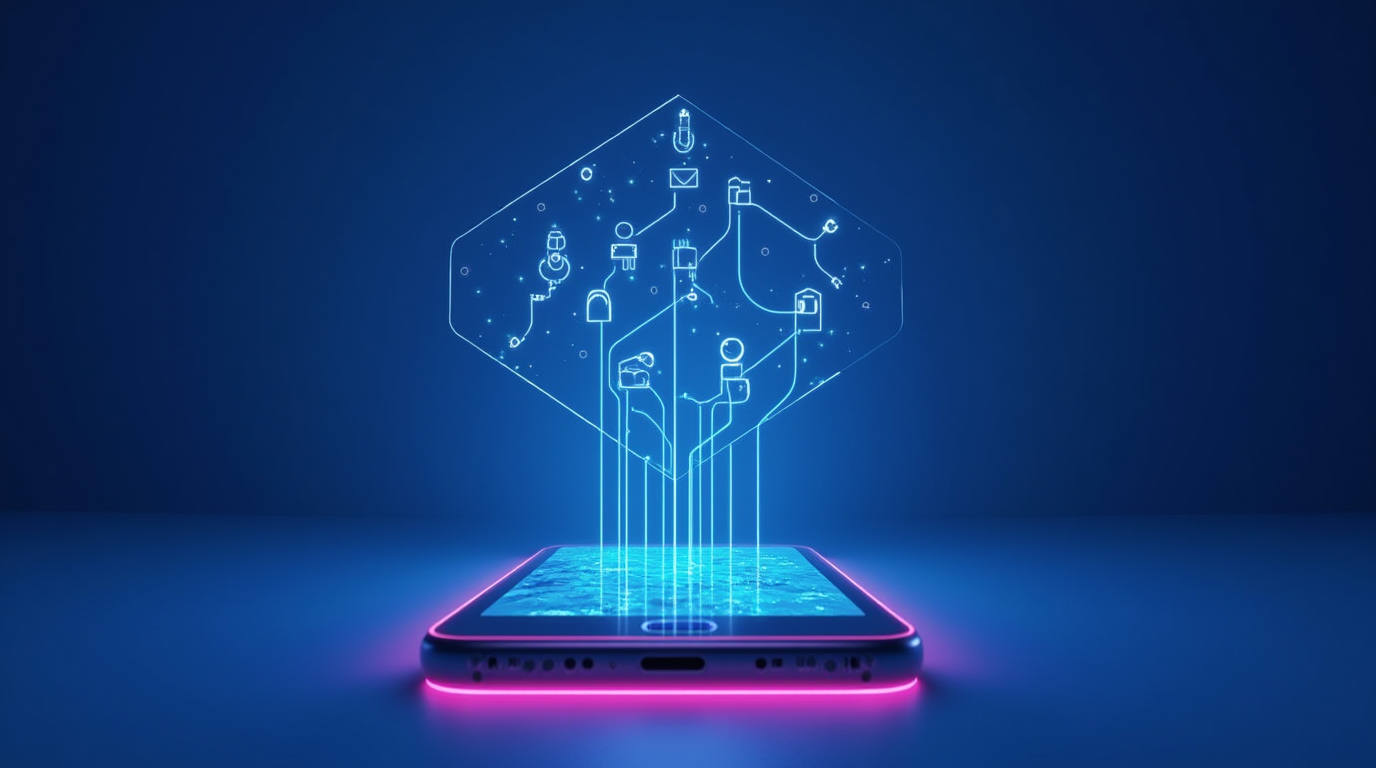In today’s digital world, centralized apps (apps) dominate the landscape, with companies like Google, Apple and Facebook holding control over billions of users and their data. However, the growing concern for privacy, security and control of personal data has led to the emergence of a new generation of applications: decentralized apps (dApp). These applications use blockchain and other distributed technologies to reduce centralized control and provide greater security, transparency and autonomy for users. In this article, we will explore what a decentralized app is, how it works, and refer to concrete examples to better understand its potential.
What are decentralized apps (dApp)?
A decentralized app (dApp) is an application that runs on a decentralized network instead of relying on a central server. This means that the information and operations of the application are not managed by a single entity, but are distributed over a network of nodes (computers) participating in the network.
dApps rely on blockchain technologies or other distributed ledger networks (DLT) to ensure data is immutable, secure and transparent. Blockchain, a public and decentralized transaction register, is used to securely store all user information and interactions, ensuring there is no need for a central party to manage or modify the data.
How do dApp work?
The dApp works on smart contracts, which are computer programs that automatically execute transactions or operations when certain conditions are met. These smart contracts are hosted on the blockchain, and their code is visible and verifiable by anyone participating in the network.
Unlike centralized apps, where a company manages and controls the application backend, dApps eliminate the centralized middleman and operate on a peer-to-peer (P2P) system. In this model, each user has direct control over their data, reducing the risk of hacking or censorship attacks.
Key features of the dApp
Decentralization: The main feature of dApps is that they do not depend on a central server. They use distributed networks of nodes to execute and store transactions securely.
Transparency and immutability: Blockchain data and transactions are transparent and immutable. Each transaction is visible to all participants in the network, but once a transaction is recorded it cannot be changed or deleted.
Security: Since there are no centralized entities holding the data, the risk of theft or breach is reduced. In addition, thanks to advanced encryption and node validation, the security of transactions is guaranteed.
User autonomy and control: Users can have full control over their data, without having to rely on third parties for the management and protection of personal information.
Technologies that enable dApps
The dApps rely primarily on blockchain and smart contracts to operate in a decentralized manner. Some of the key elements are:
Blockchain: A distributed data structure that records all transactions in an unchanging manner. Blockchain eliminates the need for intermediaries, ensuring the security of operations.
Smart contracts: Automated programs that perform operations without human intervention, such as money transfers or data changes, when certain conditions are met.
Token e criptovalute: dApps frequently use digital tokens or cryptocurrencies as incentives for network participants, to pay transaction fees or to motivate activity within the application.
Esempi di dApp
Ethereum: Ethereum is one of the most popular blockchain on which dApp are built. Allows developers to create and deploy smart contracts and dApp. Ethereum dApps include games, financial services and decentralized social media platforms.
Esempio: Uniswap, a decentralized cryptocurrency exchange app, allows users to trade tokens directly with each other, without the intermediation of a centralized platform. Transactions are managed via smart contracts on the Ethereum blockchain.
Steemit: Steemit is a decentralized social media platform that allows users to create content and earn rewards in cryptocurrency. It works on a blockchain that ensures the transparency and immutability of published content.
Filecoin:Filecoin is a dApp that offers decentralized storage space. Users can rent their unused storage space to earn Filecoin, while those who need space can purchase it safely and decentrally.
Brave Browser: Brave is a web browser that stands out for its decentralized approach to advertising and privacy. Using the Ethereum blockchain, Brave allows users to earn BAT (Basic Attention Token) tokens by displaying advertisements in an optional way while respecting user privacy.
Golem: Golem is a platform that allows users to rent unused computing power in exchange for GNT tokens. Developers can use this power to perform complex calculations, reducing the costs associated with large centralized infrastructures.
Benefits of dApp
Autonomy and control: Users have complete control over their interactions and data, without having to rely on a single central entity.
Transparency: Every transaction is publicly visible on the blockchain, ensuring greater transparency than traditional apps.
Security e Privacy: The absence of a central server reduces the risk of hacking or privacy breaches. Data is encrypted and transactions are secure.
Cutting out the middleman: The dApp reduces the need for intermediaries, such as banks or exchange platforms, allowing direct transactions between users.
Challenges for dApp
Despite their many advantages, dApps face several challenges:
Scalability: Blockchain, especially Ethereum’s, suffers from scalability problems, with slow transactions and high costs during periods of network congestion.
Usability: The dApp is still relatively new and the user interface can be complex for novice users. Difficulties in interacting with cryptocurrency wallets and smart contracts can discourage new users.
Regulation: Dapps and cryptocurrencies are still in a regulatory grey area in many jurisdictions. Future legislation may affect their development and adoption.
Conclusion
Decentralized apps (dApp) are a revolution in the digital application landscape. Thanks to blockchain and smart contracts, dApps offer a more secure, transparent and autonomous model, reducing the dependence on centralized entities. While they face some challenges, such as scalability and usability, their potential impact on privacy, security and digital autonomy is enormous. With concrete examples like Ethereum, Steemit and Filecoin, dApps are already starting a new era of digital applications, and their growth could continue to change the way we interact online.






